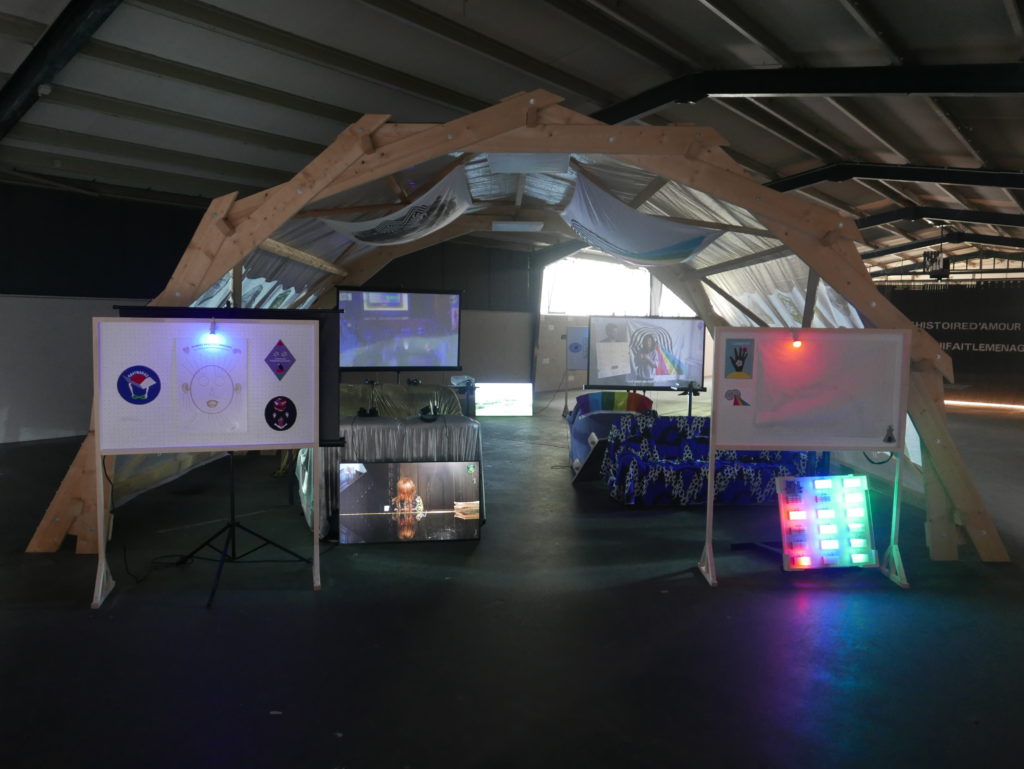Masks of the Self
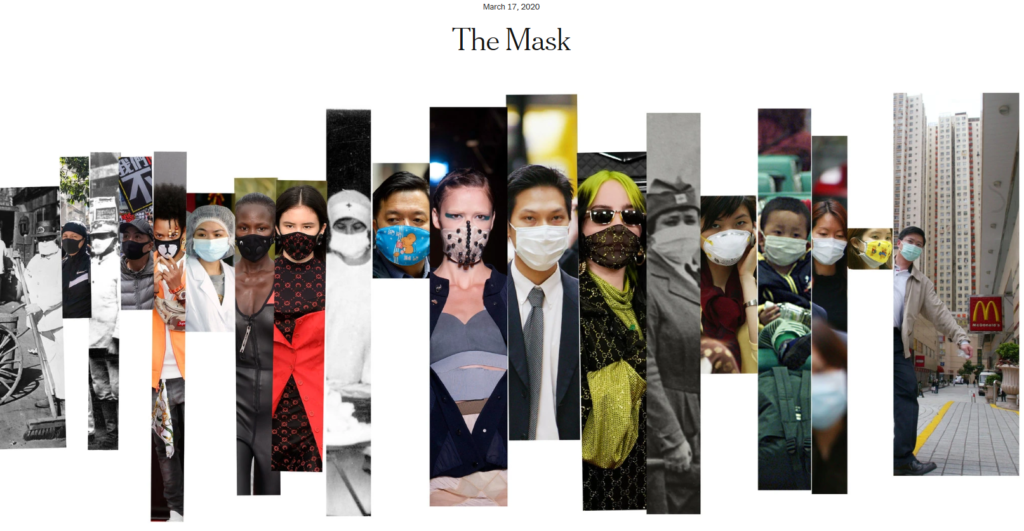
Vanessa Friedman ‘The Mask’, The New York Times Style, March 17, 2020
The surgical face mask has become a symbol of our times. If there is a symbol of the current confusion and fear, the misinformation and anxiety, generated by the spread of the new coronavirus, it is the surgical face mask. When history looks back on the pandemic of 2020, those white or baby blue rectangles that hide the mouth and nose, turning everyone into a muzzled pelican, will be what we see.

Tom Ravenscroft ‘Max Siedentopf apologises for offence caused by images of coronavirus masks made of everyday items‘ de zeen19 February 2020
I apologise to everyone that felt offended by the series, it was never my intention. Most of my work takes a critical and often ironical look at our surroundings. It’s important for me to take people out of their comfort zone and see things from a different perspective, both positively and negatively. The majority of the critique was that the series was ‘against Chinese’ as the virus started there. However, since the virus quickly spread globally, the masks were inspired by photos I came across from all over the world, ranging from young Instagrammers to DIY Pinterest boards with mask inspiration and, my personal favourite, a US man who was wearing a complete tent inside a plane to protect himself. To reflect on this, the masks I created were worn by people from China, Israel, Namibia, South Africa, Brazil, England, Ireland and Zimbabwe. I was expecting to uncloud the subject a little, focusing on the creativity of the masks and how through a barrier or problem you can still find smart and creative solutions. Overall the majority of reactions were exceptionally positive, but I think it’s also good and healthy that there have been also negative and critical reactions, which made people think critically and speak out about a serious state of affairs.
The Guerrilla Girls are feminist activist artists. We wear gorilla masks in public and use facts, humor and outrageous visuals to expose gender and ethnic bias as well as corruption in politics, art, film, and pop culture. Our anonymity keeps the focus on the issues, and away from who we might be: we could be anyone and we are everywhere. We believe in an intersectional feminism that fights discrimination and supports human rights for all people and all genders.
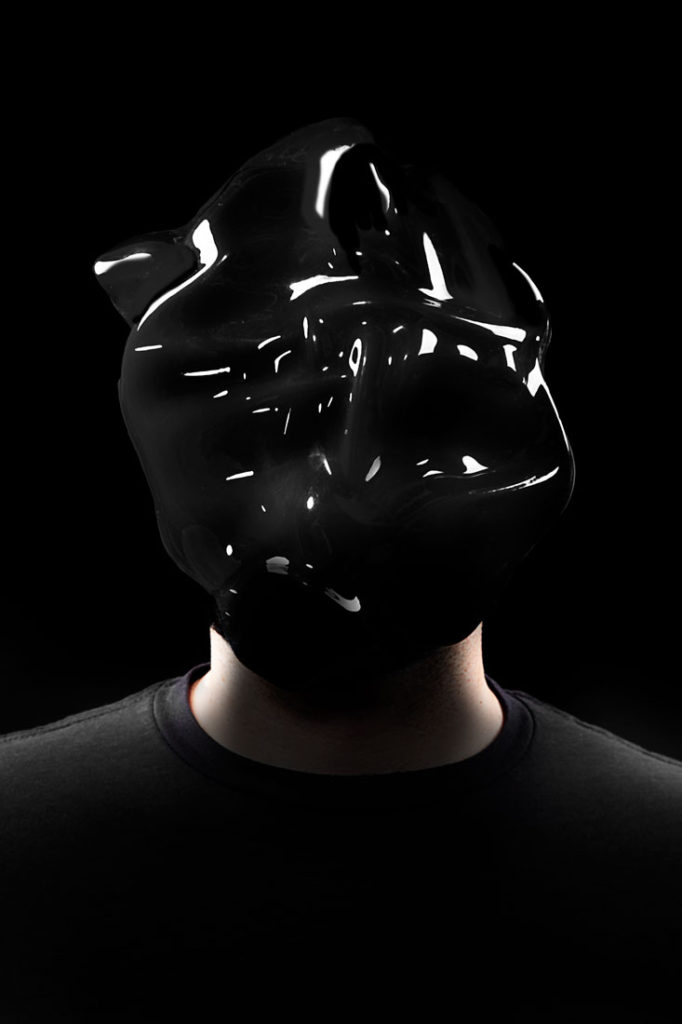
Hassan Abbas (2015) ‘“Defacing the Face”: Non-visibility & Queer Protest in Zach Blas’s Facial Weaponization Suite.’ Analogue Sticks (blog)
Using the 3D scans of participants in a workshop, masks are created out of the aggregates of various faces, to form a single opaque mask that can fail identification by facial-recognition software. The project is both an affront to the larger issue of machine mediated forms of identity and body forms, and a political reaction to categorize visible features of race, gender and ethnicity. The first of these masks were created with a group of queer men, in response to a university study that claimed its test subjects could recognize sexual orientation by looking at static images of faces, even when the durations of exposure to the images were limited to microseconds. This study implies that sexuality is recognizable through physical features, and is therefore biologically inscribed. According to Blas, these studies negate subjective attempts to interpret faces, which have historically resulted in acts of homophobic violence against those appearing to have a “fag face”. In an interview, Blas talks about how the Fag Face Mask denotes this scientifically validated form of homophobia; “I liked the idea that if one homosexual face can supposedly be rapidly identified, then wearing the faces of 30 queer men at the same time produces something unrecognizable”.
Christopher Green New Red Order: Promote Indigenous Futures, Frieze Magazine, 06 Feb 2020.
The final video in the programme, part two of the film/infomercial Never Settle – first screened as part of the group’s eponymous installation at last year’s Toronto Biennial of Art – is a deeper explication of the NRO’s tactics and principals. It features NRO recruits gushing over the impact the society has had on their lives and acting out their most inappropriate desires towards Indigeneity – burning sage, wearing regalia – with the help of anonymizing silicone masks. To become true accomplices in the decolonial struggle, inductees are taken through the ‘three cs’: contract, concealment and capture. Contractual treaty processes and the coproduction of protocol, Fletcher explains, bind participants to the NRO, while concealment through the custom-fitted masks allows them the freedom of anonymity. Capture, the most speculative and provocative element of the NRO’s programme, sees their accomplices moving through museum collections and scanning objects with smartphones to ‘spectrally liberate them’. The resulting 3D-renderings were included in Culture Capture (2018), a video in which monuments to the white imaginary are virtually disfigured into calcified and tumorous digital grotesqueries. Accomplices in the anticolonial struggle, the NRO maintains, must reconfigure colonial structures – including through crimes against present-day representation and reality – in order that they can be transformed.

Hans Belting (2017) ‘Portrait and Mask: The Face as Representation’, in Face and Mask: A Double History, pp. 91-174.
Despite the fact that all our lives we continually snap photographs of one another, modern culture often views the portrait as passé. Artists have to go to great lengths to find new justifications for portraiture and endow it with contemporary form. The reasons for the portrait’s loss of meaning are many and varied. The face, subject of all portraits, has become an inflationary commodity in the mass media of our “facial society,” and thus cheapened….And yet, the face remains relevant because, all eulogies to the contrary, we still possess faces and use them to express ourselves. The concept of the individual self, or ego – whose expression has always been sought in the face – is far from obsolete today. We prefer to identify ourselves with such a self rather than with an organ like the brain. The self (ego) strives to present itself and communicate via the face. This means that the face still holds many unresolved problems….[The mask] became the proxy for the face, the expression of which is separated it from the body and transferred it to a symbolic surface. By this means, the mask as portrait made its way back into European culture….By the sheer fact that every portrait is made, and thus presupposes a maker and a patron, it is stamped by the mask of the age that produces it….The question of the self, which was absent in the face, grew more important in the self-portrait, which was constantly in revolt against the conventions of representation. Finally, photography, which was welcomed as the true document of the face, once again proved to be a mask that captured life in frozen form. People began to seek an escape from the mask in live pictures as soon as the appropriate technology permitted it.
Elsa Dorlin To Be Beside of Oneself: Fanon and the Phenomenology of Our Own Violence
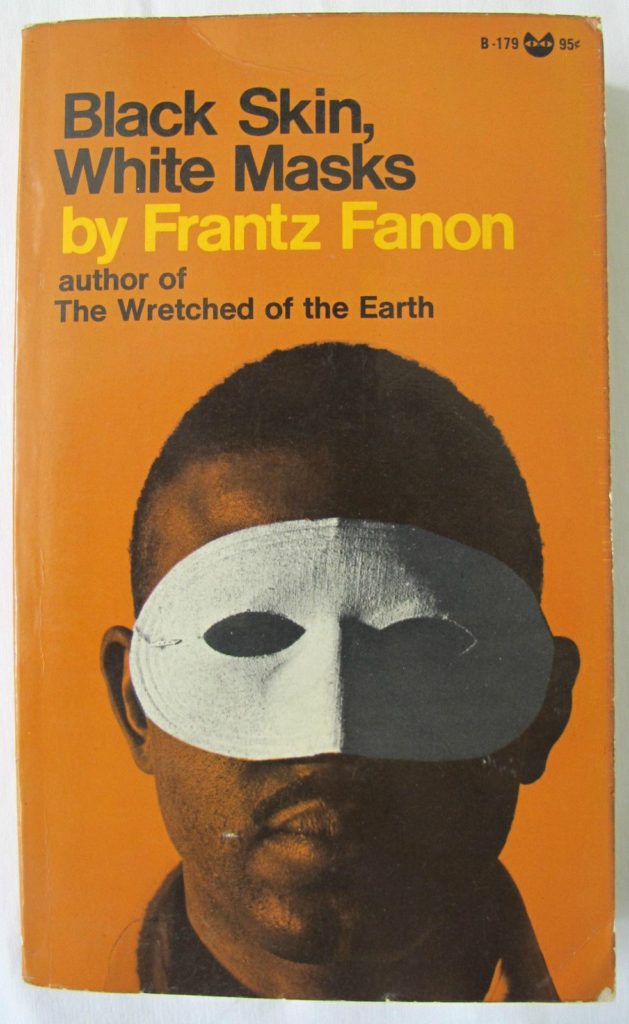
Naeem MohaiemenRed Star, Crescent Moon / after Sohail Daulatzai
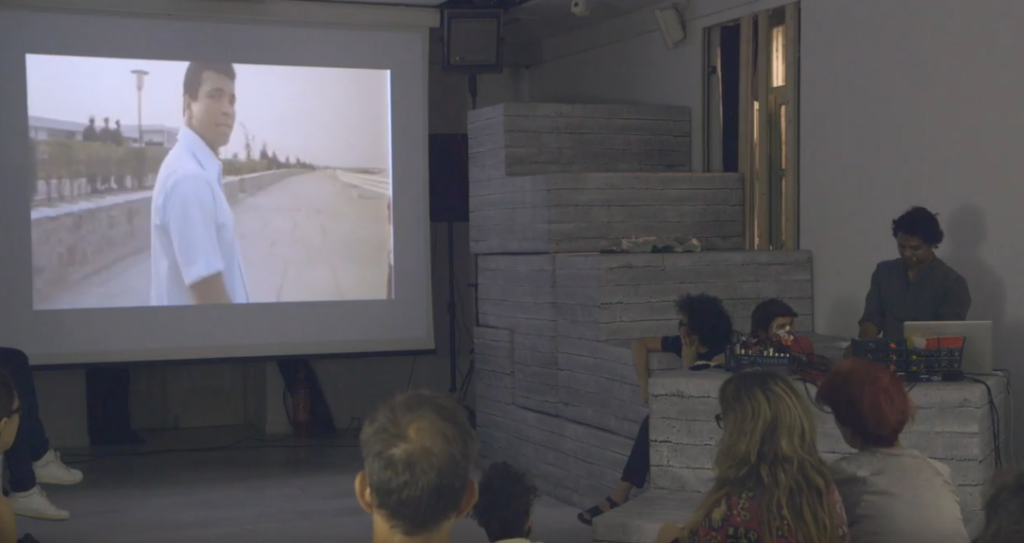
Remote Mediation
Hans Belting ‘Media and Masks: The Production of Faces’, in Face and Mask: A Double History, pp. 175-246

[Marilyn Monroe’s] face is enveloped by the cult of an immutable icon unlike other modern faces in the media. In our context it has a special place because it has provided artists with subject matter they have used to analyze not only media faces but the media per se. Andy Warhol took the lead when he not only exposed Maralyin’s pop star essence but simultaneously put the commercial art gallery scene into competition with the mass media by using a pop idol who met the criteria of commercial advertising.
Photography
Hans Belting ‘Photography and the Mask: Jorge Molder’s Own Alien Face’, in Face and Mask: A Double History, pp. 157-174.

The photographs that Jorge Molder produced of his face in complete series and innovative configurations focus attention on the crises that have always been latent in portraiture. The portrait always promised to get to the core of the self but immediately created a sense of disappointment when the self eluded its grasp on the surface of the painting. Not even photography could escape the mask. Molder made this conclusion inevitable when he photographed his double with the mask of his own face.
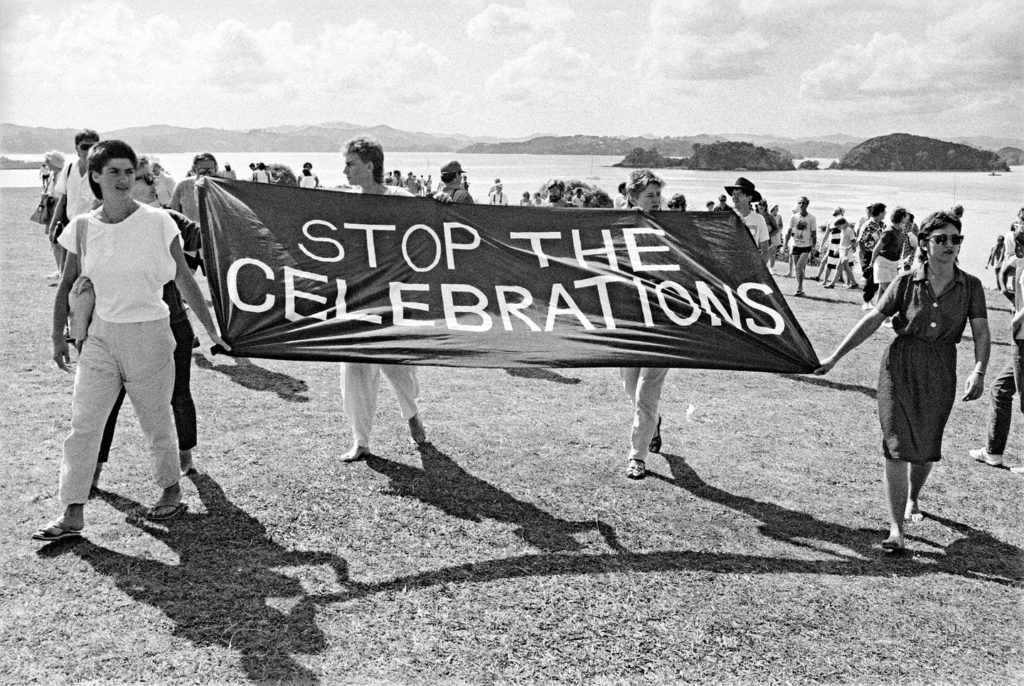
Interview with Akinbode Akinbiyi
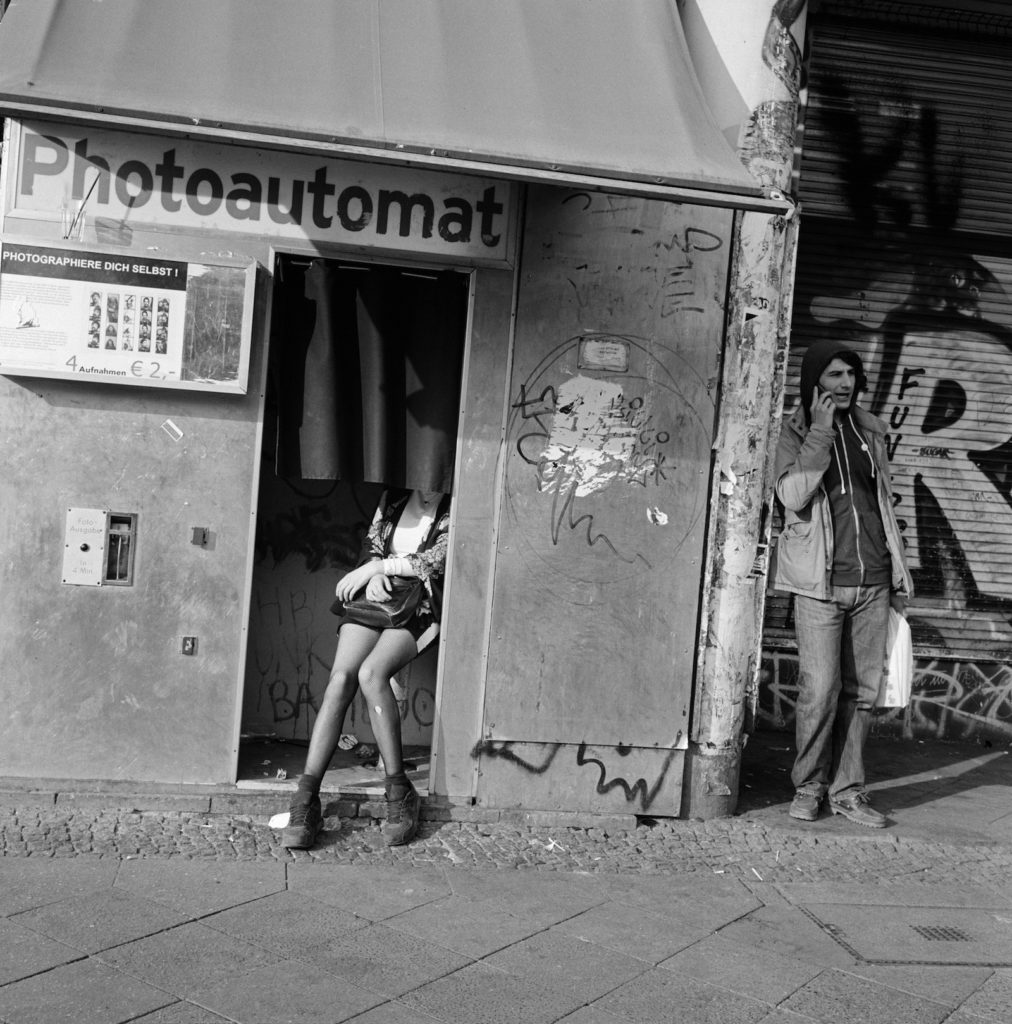
Film
Hans Belting ‘Ingmar Bergman and the Face in Film’, in Face and Mask: A Double History, pp. 211-221.

With his film Persona, Bergman, who was then artistic director of the Dramaten theater in Stockholm and in a time of personal crisis, deliberately turned from the stage to the medium of film. He chose a representation of the face that can only be realized in film over the language of the stage. He could avoid repartee, for there was only one person speaking while the other remained silent. Consequently, to shoot the gaze of one face toward another – or the intimate gaze of the viewer as an accomplice of both faces – he needed only one camera placement. The camera changes so frequently from the full screen to the extreme close-up that the hard cuts no longer penetrate the consciousness, and one starts to wait for the next extreme close-up.
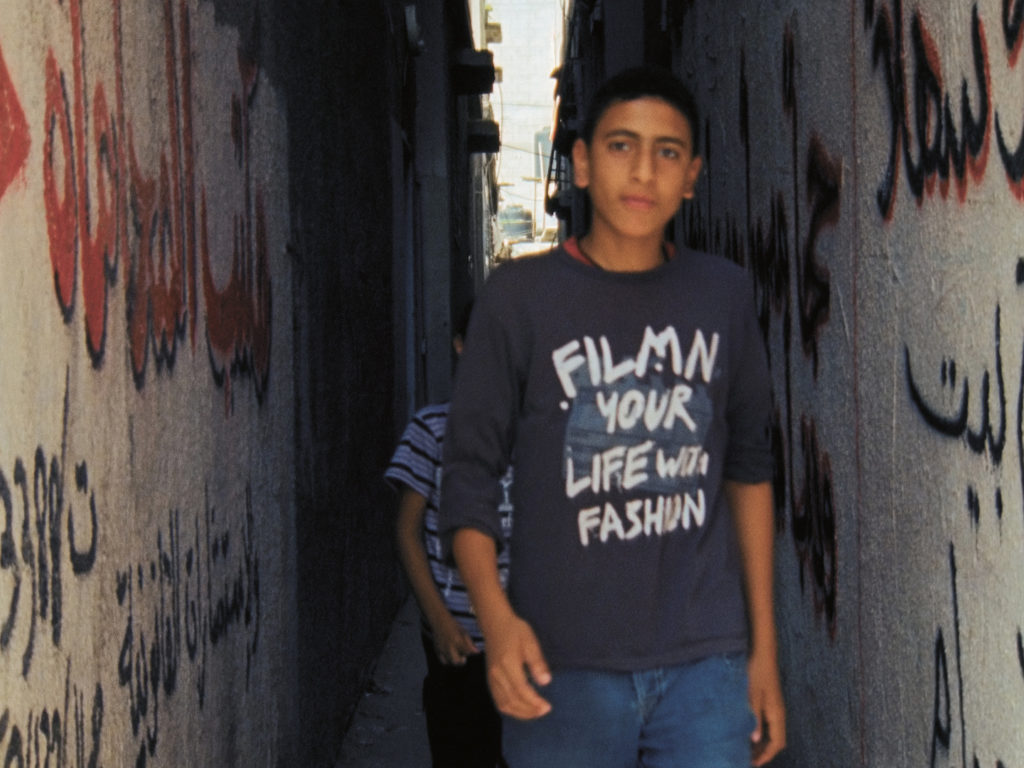
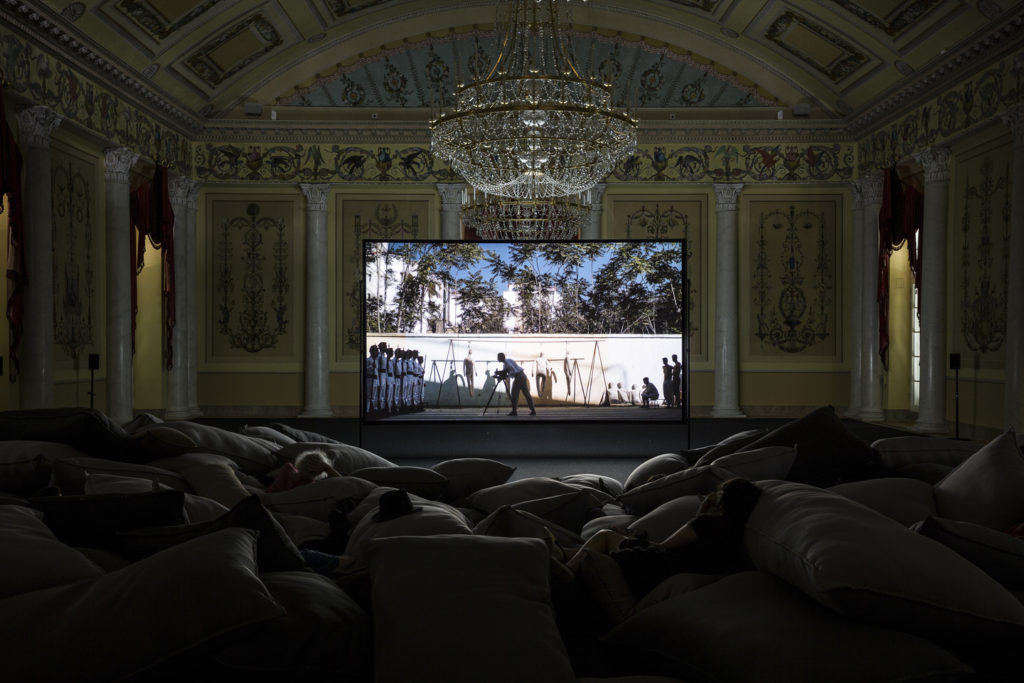
Video
Hans Belting ‘Video and Live Image: The Flight from the Mask’, in Face and Mask: A Double History, pp. 205-210.
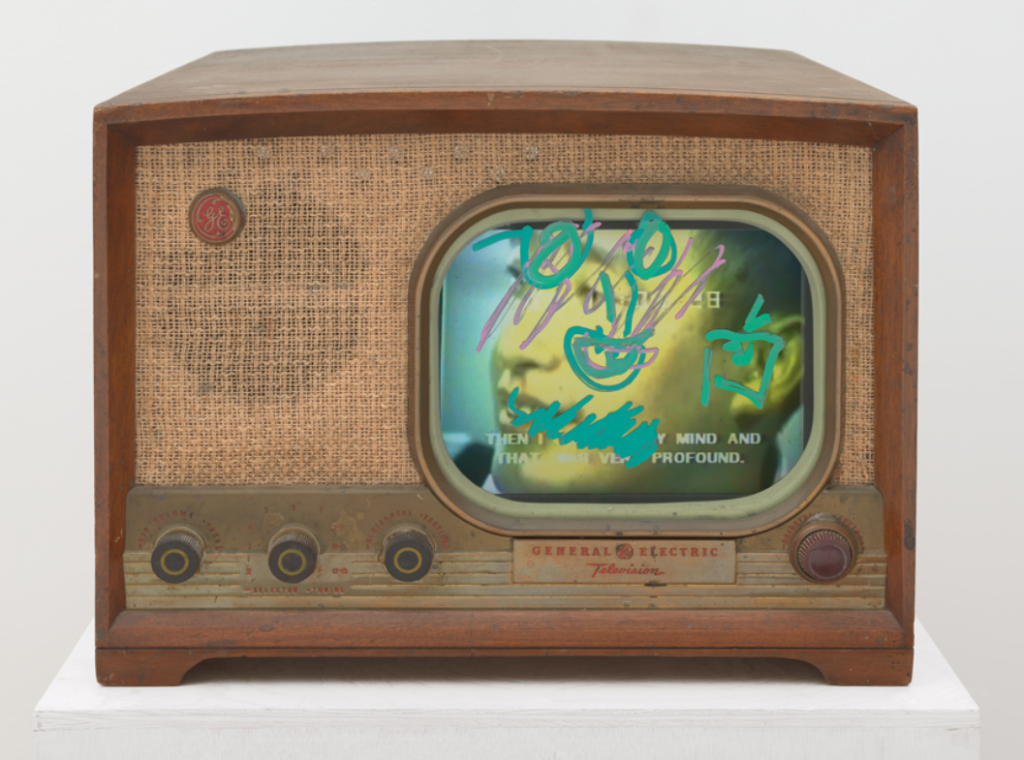
At the beginning of his career, Nam June Paik, who became a key figure in the development of video into an art form, found a new expression for the play of masks in his own face
Susan Hiller Lost and Found
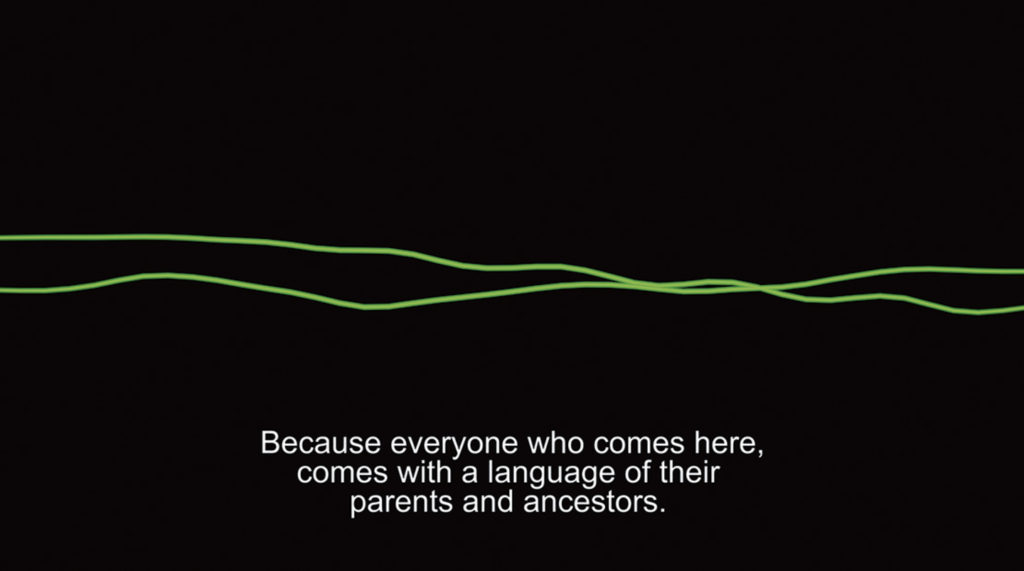
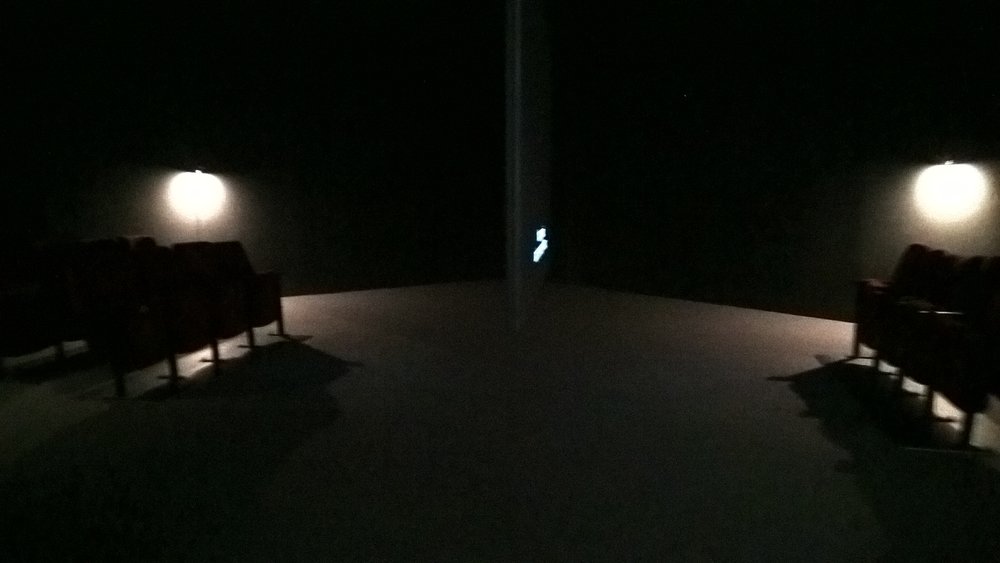
Internet Art
Hans Belting ‘Cyberfaces: Masks without Faces’, in Face and Mask: A Double History, pp. 239-246.
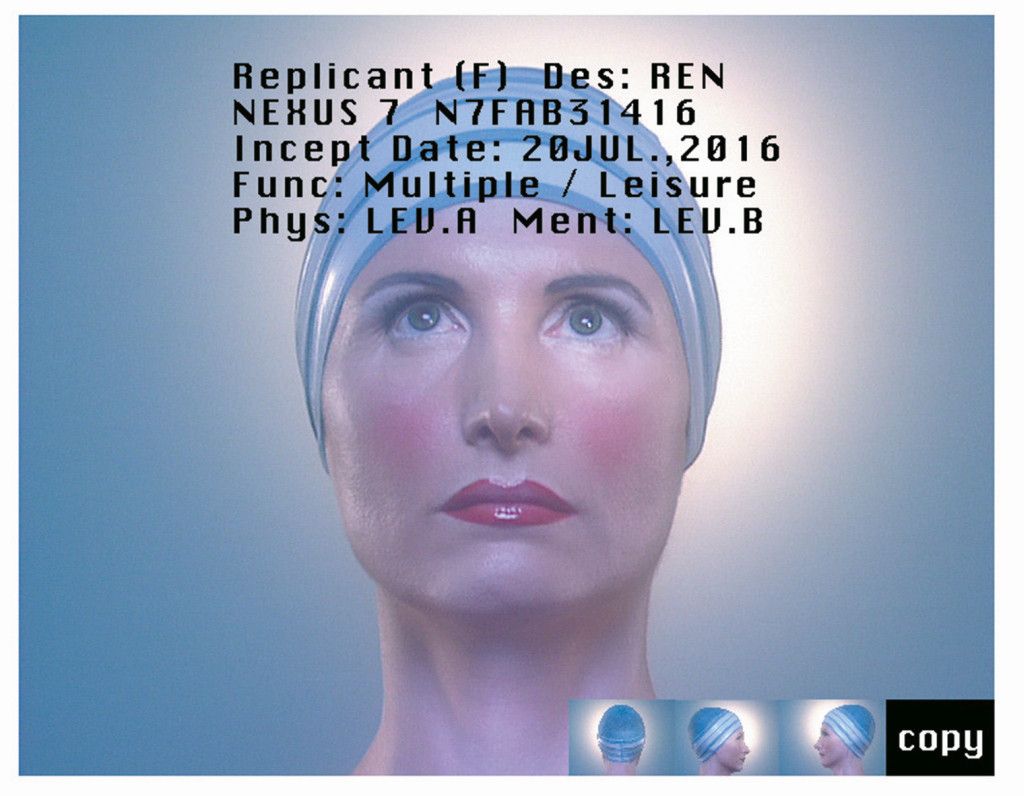
Several artists have recently critically analyzed the ideological subtext in the use of digital media, or claimed new identities for themselves within the landscape of virtual space. In her cycle titled Cyberface (1998), Irene Andessner tried to find a template in the “portrait of an artificial human being” (a contradiction in itself). It was her idiosyncratic and subversive goal to use this to program her self-portrait, making that a template for self-expression of a new kind.

